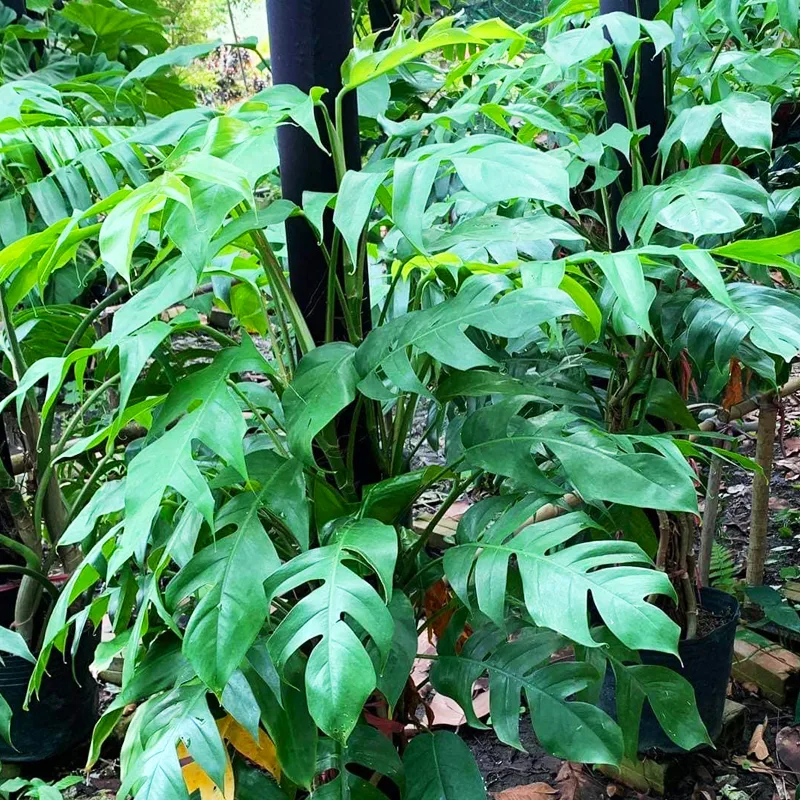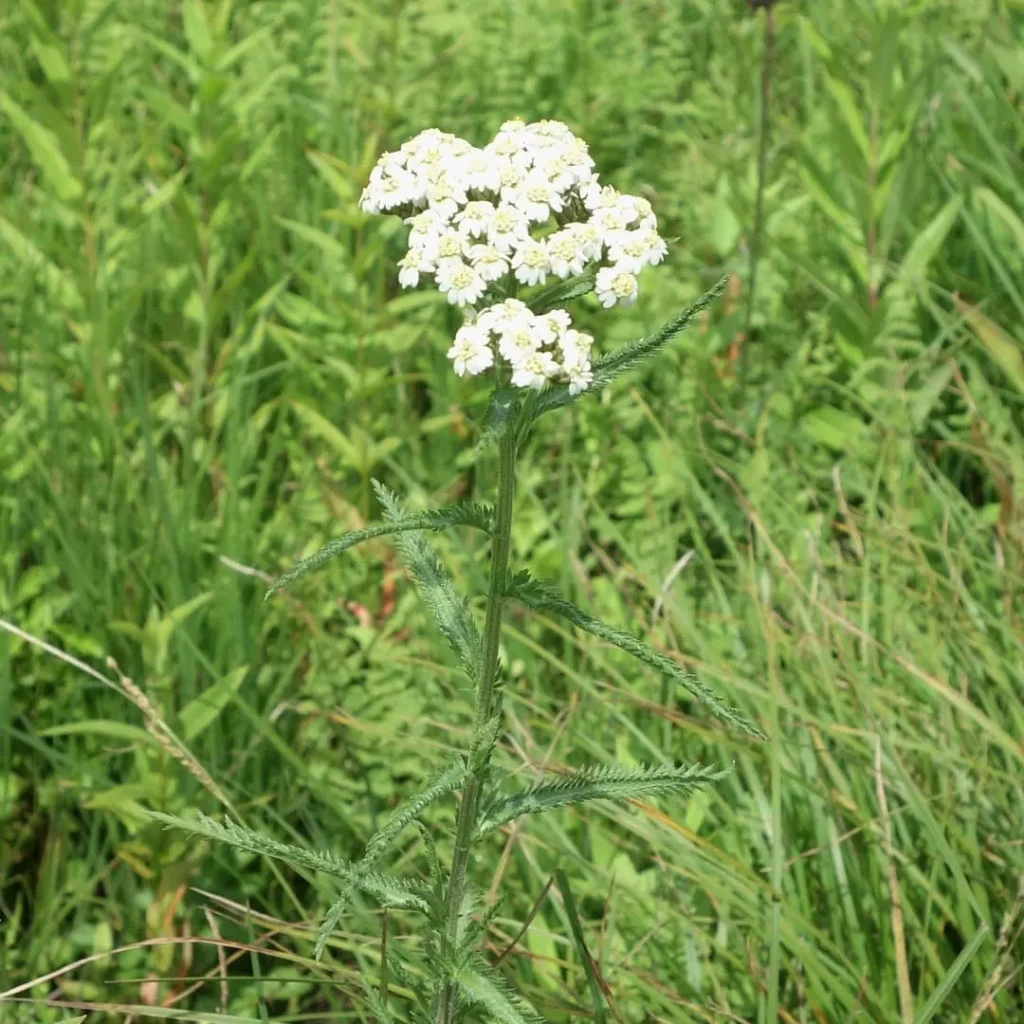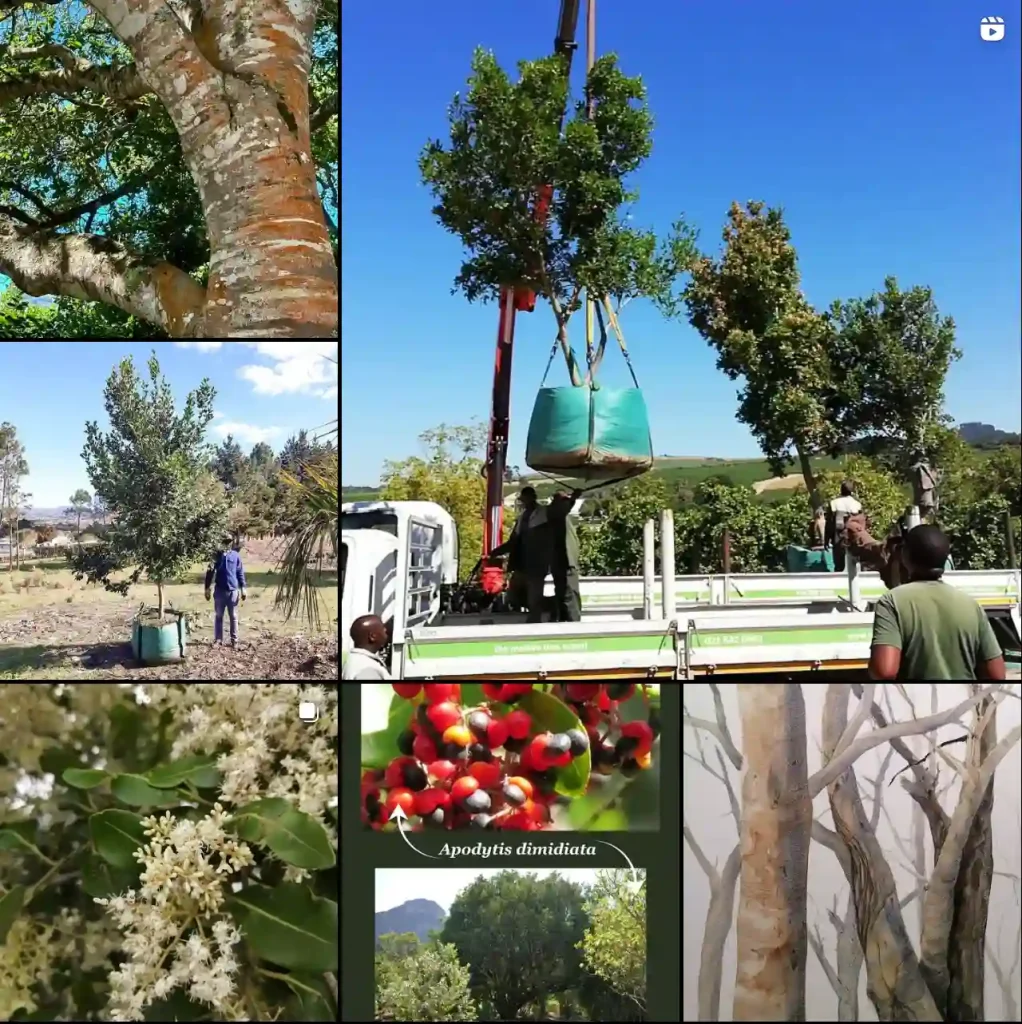Arenga Pinnata: FAQs and Insights
As a passionate plant enthusiast, I’ve dived deep into the world of Arenga Pinnata, commonly known as the Sugar Palm. Here, I’ll share some frequently asked questions, personal experiences, and insights about this fascinating plant.
What Is Arenga Pinnata?
Arenga Pinnata is a tropical palm belong to the Arecaceae family, native to Southeast Asia, particularly found in regions like Indonesia and the Philippines. Known for its impressive height and feathery fronds, this palm can grow up to 30 feet tall. Its trunk is thick and often covered with spines, giving it a distinctive appearance. The Sugar Palm is cherished not only for its beauty but also for the sweet sap it produces, which is often harvested for sugar.
Plant Family: 184 Genera in Arecaceae
How to Care for Arenga Pinnata?
Caring for Arenga Pinnata requires some attention but is quite rewarding. Here are some key care tips based on my experiences:
- Light: This palm thrives in bright, indirect light. Direct sunlight can scorch its leaves, so a spot that offers filtered light is ideal.
- Watering: I find that regular watering is crucial, especially during the growing season. The soil should remain consistently moist but not soggy. Allow the top inch of soil to dry out between waterings to prevent root rot.
- Humidity: Arenga Pinnata loves humidity. If you live in a drier climate, consider misting the leaves or placing a humidifier nearby. I’ve noticed that higher humidity levels encourage better growth and leaf health.
- Fertilization: During the growing season, I use a balanced, slow-release fertilizer every few months. This helps to support its growth and vibrant foliage.
- Temperature: This palm prefers warm temperatures, ideally between 70°F and 85°F. It can tolerate cooler temperatures but should be protected from frost.
How to Propagate Arenga Pinnata?
Propagating Arenga Pinnata can be done through seeds or by division. I’ve found seed propagation to be the most effective method, although it requires patience:
- Seed Preparation: Soak the seeds in water for 24 hours. This helps to soften the hard outer shell, which improves germination rates.
- Planting: Sow the seeds in a well-draining potting mix, covering them lightly with soil. Keep the soil consistently moist.
- Germination: Place the pots in a warm location with indirect light. Germination can take several weeks to months, so patience is essential.
For division, choose healthy, established plants and carefully separate the offsets, ensuring each has roots attached. Replant them in individual pots.
What to Plant with Arenga Pinnata?
When considering companion plants, I’ve had success pairing Arenga Pinnata with other tropical plants that share similar care requirements. Some great options include:
- Philodendrons: These add lush foliage and thrive in similar conditions.
- Ferns: Their delicate leaves provide a beautiful contrast to the palm’s bold fronds.
- Hibiscus: These flowering plants can add vibrant color to the arrangement.
Is Arenga Pinnata Toxic?
One of the frequent concerns I’ve encountered is toxicity. Thankfully, Arenga Pinnata is considered non-toxic to pets and humans. This makes it a safe choice for households with curious pets or small children.
Benefits of Arenga Pinnata
Beyond its aesthetic appeal, Arenga Pinnata offers several benefits. Here are a few that stand out to me:
- Sustainable Sugar Production: The sap can be harvested to produce sugar, making it a valuable resource in tropical regions.
- Shade Provider: As it grows tall, it provides ample shade, which can be beneficial in tropical gardens.
- Erosion Control: Its extensive root system helps prevent soil erosion, making it a great choice for landscaping in vulnerable areas.
Common Problems with Arenga Pinnata
Like any plant, Arenga Pinnata can face challenges. Some common issues I’ve observed include:
- Pests: Watch for scale insects and spider mites. Regularly inspecting your plant and using insecticidal soap can help manage these pests.
- Leaf Browning: This can occur due to underwatering or low humidity. Ensuring consistent care can help mitigate this issue.
- Yellowing Leaves: Often a sign of overwatering or poor drainage, adjusting your watering routine and ensuring proper drainage can resolve this.
Comparing Arenga Pinnata with Similar Palms
When choosing a palm, people often confuse Arenga Pinnata with similar species like Areca Palm or Sabal Palm. Here’s a quick comparison:
- Arenga Pinnata vs. Areca Palm: While both are tropical, Arenga has a thicker trunk and produces sap, whereas Areca has slender stems and is more commonly used as an indoor decorative plant.
- Arenga Pinnata vs. Sabal Palm: Sabal Palms are more robust and can withstand colder temperatures. In contrast, Arenga Pinnata thrives in humid environments.
In conclusion, my journey with Arenga Pinnata has been enriching. Whether you’re looking for a striking addition to your garden or a new indoor plant, this palm offers beauty and benefits that are hard to resist. With proper care and attention, it can flourish, adding a tropical touch to any space.
If i die, water my plants!



